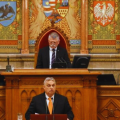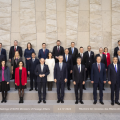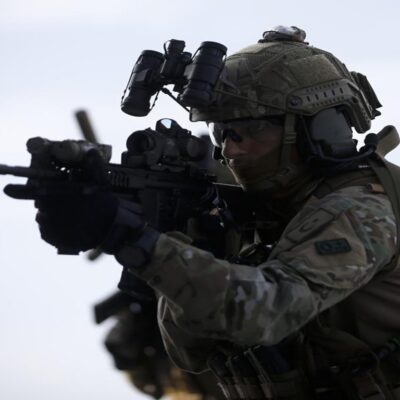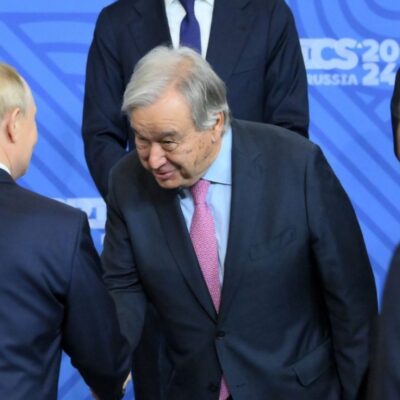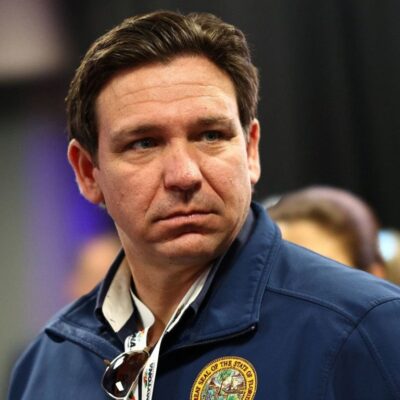A Breakdown of the NATO Summit: What Happened in Washington D.C.
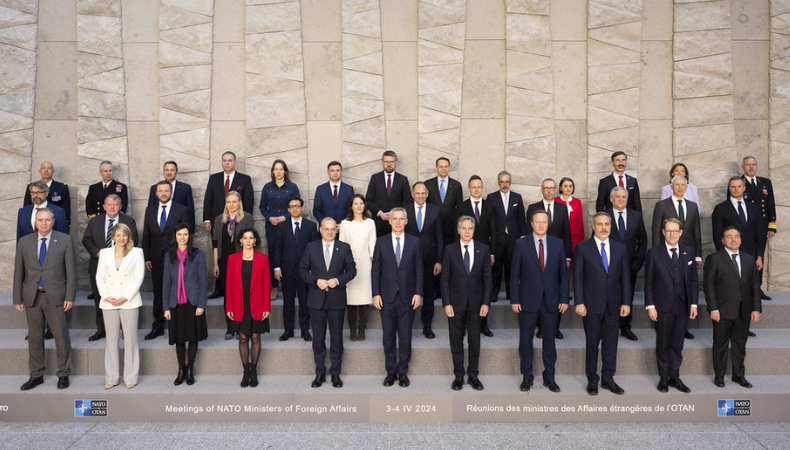
Complementing the 75th anniversary of the alliance, the just completed NATO conference in Washington D.C. was a memorable event. Here, the main issues are broken out together with their outcomes:
Ukraine: Strategic Choice and Constant Support
Continual Commitment: The conference underscored strong support for Ukraine in its ongoing conflict with Russia. Leaders pledged a major increase in military support; estimates for the next year run at around $43 billion. This addresses contemporary weaponry and training to raise Ukraine’s defensive capability. In face of continuous Russian aggression, the aid package aims to improve Ukraine’s capabilities for self-defense and preservation of sovereignty.
Volodymyr Zelenskyy, the President of Ukraine, pushed for a more exact timetable for future NATO admission for his nation. The summit underlined Ukraine’s on a “irreversible path” to membership, even though it did not show a precise agenda. This commitment suggests a long-term strategic relationship even if it is challenging to admit a country already engaged in combat into the NATO framework.
Beyond Ukraine: an all-around security agenda
China’s ascendancy: China was mentioned especially as a first-time rising security concern. The conference observed China’s increasing military and economic influence as well as her close military ties to Russia. This recognition marks a significant shift in NATO’s strategic orientation since it underlines the need of attending to security issues outside the traditional Euro-Atlantic area.
Leaders observed the growing security nexus emerging between the Indo-Pacific and Euro-Atlantic regions. High-level officials from Indo-Pacific partners like Australia, Japan, and South Korea spoke stressing a possible expansion of NATO’s goal. These dialogues underscored the need of global cooperation in addressing global issues and maintaining international stability.
Internal Problems: Sharing and Modernizing Load
Defense expenditure: President Biden reaffirmed the US’s commitment to NATO, but burden sharing still presents problems. Member states spending 2% of their GDP on defense reiterated their goal; some European partners under pressure to increase their payments could find this desire confirmed. This ongoing debate reveals the need of a fair and sustainable approach of funding collective defense inside the alliance.
Personal Resilience and Nuclear Deterrence: The summit underlined the need of modernizing NATO’s nuclear capacity and improving collective resilience against non-military threats including cyberattacks and false information. NATO wants to make sure that its defensive systems remain robust and effective in a changing security environment by underlining the need of evolving with new kinds of conflict and enhancing deterrent techniques.
General Significance: One United Front Dealing with New Problems
Presenting a united NATO front, the summit backed Ukraine and discouraged Russian aggression. But internal conflicts about burden sharing and the evolving security scene revealed ongoing challenges for the alliance. Including Indo-Pacific allies suggests that NATO’s strategic focus could be widening in the next years. This more general focus reflects a knowledge of the interconnected character of world security issues and the necessity of extensive global cooperation.
The road ahead: strategic unity and adaptation
stressing strategic adaptation and unity inside NATO, the Washington D.C. meeting concentrated By addressing both long-term strategic goals and present risks, the alliance displayed will to maintain international peace and stability. The choices and discussions adopted during the summit will serve to define NATO’s future operations and policies, therefore ensuring its relevance and power in world events.
Keep On Reading
Last Thought: a NATO evolutionary milestone
An alliance turning moment, the 2024 NATO conference in Washington D.C. Emphasizing Ukraine, addressing new issues from China, and enhancing internal resilience, NATO demonstrated its ability to adapt and respond to a changing security environment. The strategic orientation of the alliance will be much influenced by the decisions made during this summit since it looks ahead and ensures its continued effectiveness in promoting world peace and security.

